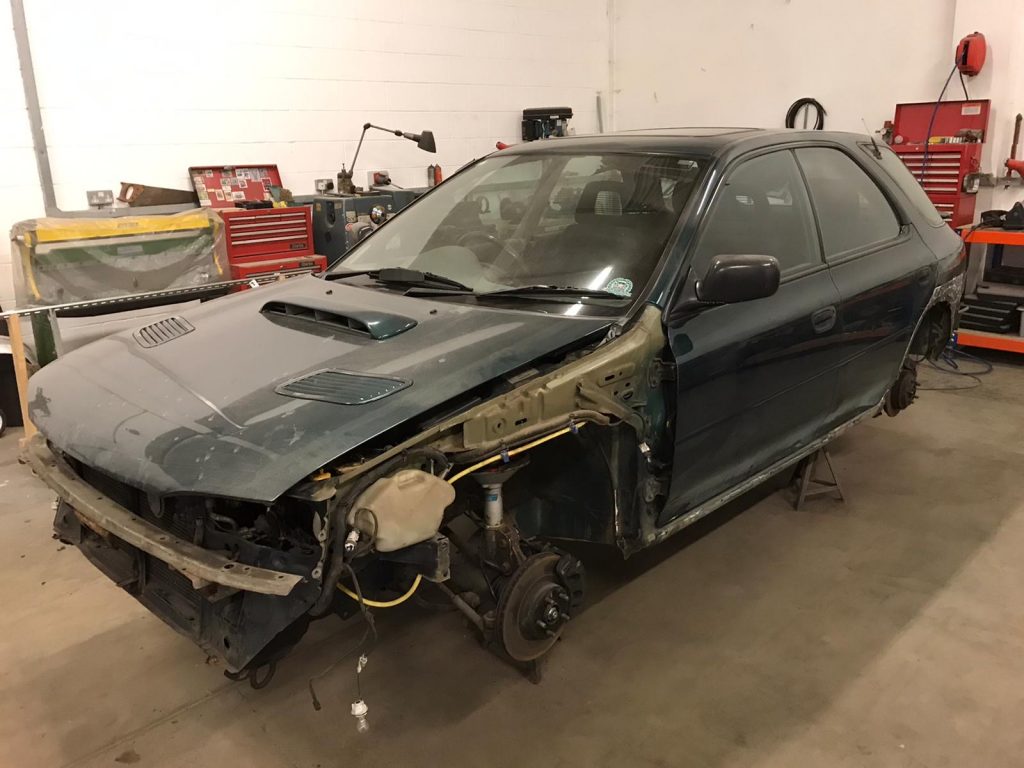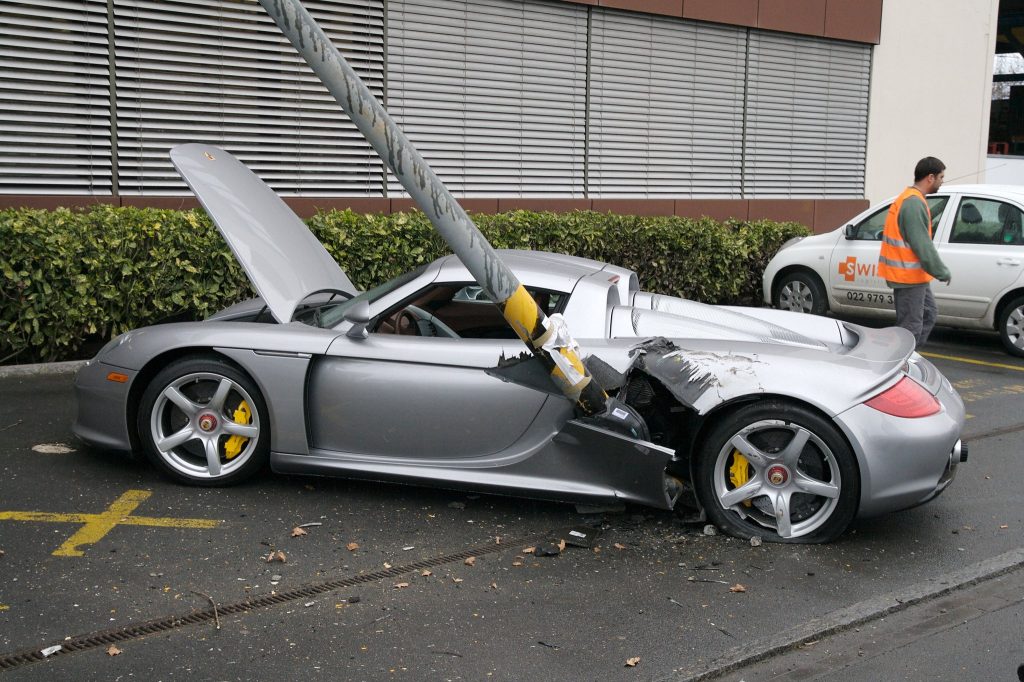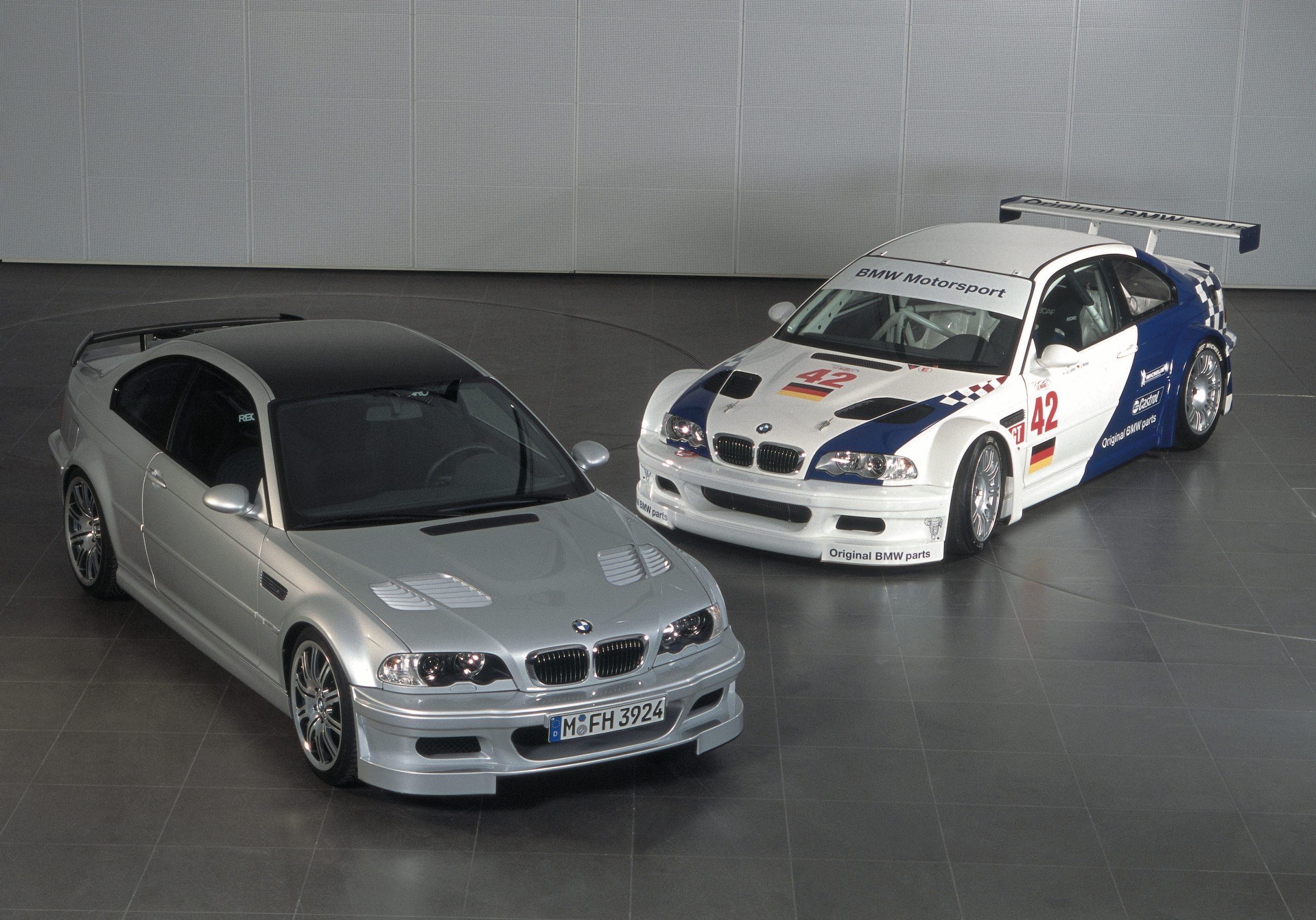Who wants to become the world’s first climate-neutral continent by 2050? If you guessed Europe, give yourself a pat on the back – and then spare a thought for the poor eurocrats behind the European Green Deal.
As they contemplate how to achieve such an ambitious but laudable goal, the odds appear unfavourable. Kick-starting the electric-vehicle dream to reduce the emissions from road transport is proving a challenge. Tesla and BYD, the new powerhouse challengers to the car industry status quo, saw sales tumble at the start of the year. And just last month, Carlos Tavares, the chief executive of Stellantis (which owns 14 car brands, including Citroën, Fiat, Peugeot, and Vauxhall) labeled Britain’s electric car policy “terrible,” saying it threatened to bankrupt carmakers.

To help move the new-car market away from petrol and diesel cars and toward electric cars by 2035, the UK has stipulated that EV car sales targets rise annually from 22 per cent of the market this year to 28 per cent next year, to 80 per cent by 2030. According to Tavares, the quota is set at “double the natural demand of the market” and means manufacturers will be forced to sell cars at a loss to avoid incurring crippling fines, which could put them out of business.
The problem that everyone bar the civil servants and politicians could see coming is that after a wave of early adopters, followed by tax-incentivised businesses, consumers are sitting on their hands and making do with the petrol or diesel car they’re driving.
For proof of this, consider the average age of passenger cars on our roads. In 2023, it was 10 years, according to the European Automobile Manufacturers’ Association. Back when we were all talking about the millennium bug, the nation’s cars were just seven years old.

In the Mills household, our workhorse is a 2010 Mercedes E350 CDI Sport estate. It recently clicked past 90,000 miles and – touch wood – is going strong. There’s a huge amount of value in such cars. In June 2021, I paid £9000 for it when it had done 50,000 miles. When new, its first owner paid £40,000.
Lavished with polish and wax during its lifetime, it looked like new. The tan leather seats were blemish-free. Everything was in working order. And it drove as well as the day it left the Sindelfingen production line in southwest Germany. Forty thousand miles later, it continues to emerge advisory-free from its annual servicing and MOT.
Even before you factor in the three most obvious problems surrounding EVs – their comparatively high price, a lacklustre charging infrastructure, and the current cost-of-living crisis – why would I get rid of my 14-year-old car when it’s proving trouble-free, does everything I need (notably travel 600 miles on a tank of diesel), isn’t costing me interest in finance repayments, and I don’t feel precious about throwing at it all that a family of five and two dogs can?
So, what if I told you the European Union, like a vulture high in the sky, was stealthily circling cars of the same age as my Merc?
It is proposing to update legislation around what happens when a vehicle reaches the end of its working life. As it should. In the drive to become climate-neutral, improving on how much of a car should be made from recycled materials and how much should be recyclable is more important than ever. At the same time, the EU wants to prevent unsafe vehicles from being shipped abroad, and will apply these standards to commercial vehicles for the first time.
The trouble is, creeping up within this legislation are criteria around assessing the reparability of vehicles. If a car has been cut into pieces, welded, burnt, submerged in water, has excessive corrosion, or needs a new engine, gearbox, or shell, it would be deemed – wait for it – technically irreparable. It’s the sort of jargon that should send a shiver down the spine of any car or bike enthusiast.

That’s bad enough. But a vehicle can also be classed as economically irreparable. Across our hobby, there are countless people who have spent more money than a car is worth to restore it to its former glory. And as enthusiasts, we owe them a debt of gratitude for preserving a historically interesting car for future generations to enjoy.
The European Commission wants to class a car an End of Life Vehicle (ELV) when such scenarios occur. And at that point, its owner should “deliver the end-of-life vehicle to an authorised treatment facility… without undue delay after receiving information that the vehicle meets any of the criteria for irreparability.” Yikes.
But the commission tells us everything’s going to be okay, as the principle won’t apply to vehicles of historic interest. Although we sit outside of the EU, a historic vehicle is defined as “any vehicle which is considered to be historical by the Member State of registration or one of its appointed authorising bodies,” or it was made more than 30 years ago and has not undergone substantial changes in the technical characteristics of its main components.
Now, think of how many cars could and should be labelled as having historic interest that are nowhere near that 30-year definition – from a brand-new Alfa Giulia Quadrifoglio to a cherished Zenvo ST1. My 1999 Honda Integra Type-R and 2003 BMW M3 would fall outside of the cut-off. What happens if garages and specialists have their hands tied by EU red tape and are forced to declare modern classics technically or economically irreparable?

Even if such an approach wasn’t mirrored by UK rulemakers looking to push us toward zero-emission vehicles, it’s worth thinking about the wider implications for our hobby. If demand for spare parts tails off across the EU, and carmakers stop producing those parts, we’ll all feel the impact.
Dominic Taylor-Lane, founder of the Association of Heritage Engineers, says industry representatives in the UK need to come together to better define vehicles of historic interest, ensuring that more modern machinery is accepted, and do a better job of communicating the scale and benefits of our hobby.
While the European Parliament and EU Council still need to debate and vote on the changes, against a backdrop of becoming the first climate-neutral continent by 2050, would you bet against the updates being passed?









